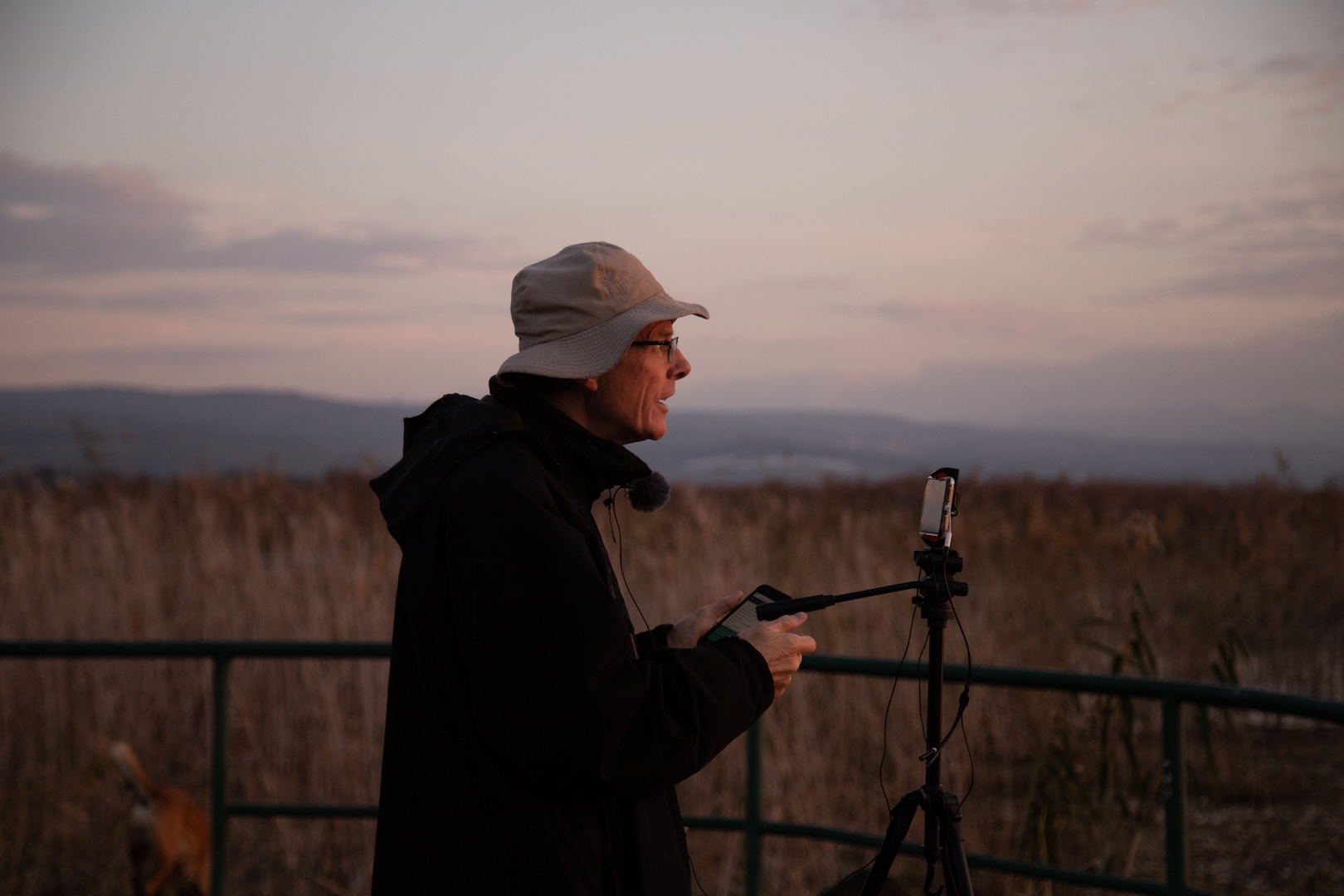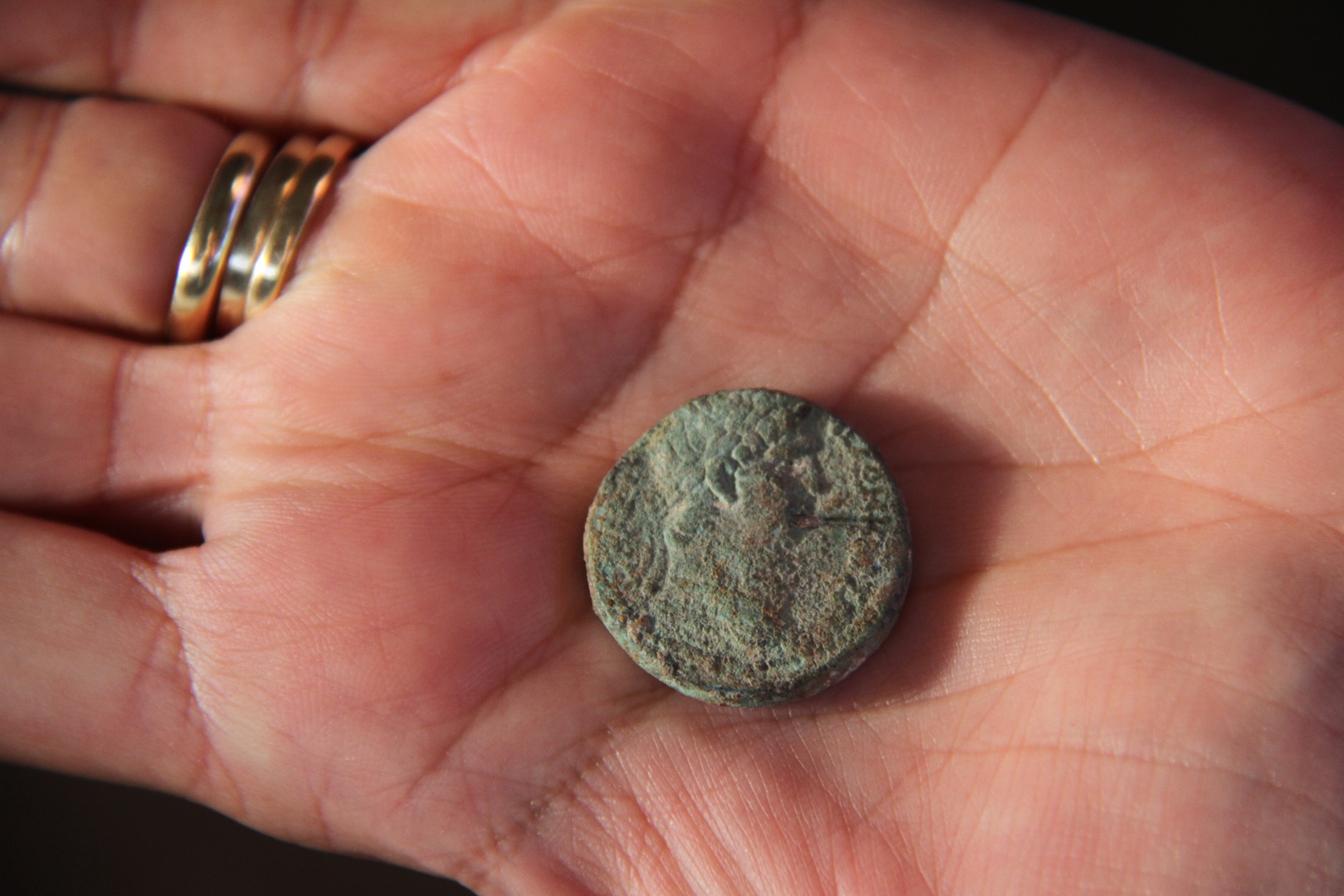Have you ever wondered what object is always present in a house?
Regardless of the historical period, tableware and kitchen utensils like bowls, plates, jugs, pots, and casseroles are always there. Each era and region have its own forms and types of ceramics, with stylistic changes evolving from generation to generation. These distinct styles allow us to date ceramics and place them within a chronological and geographical framework. A simple and contemporary example would be comparing my grandmother’s tableware with the latest seasonal tableware bought from Ikea: both serve the same purpose, but their styles, designs, and the technology used are very different. Something similar occurs with the first-century ceramics from Magdala, where the ceramic production traditions of a society were replicated in various regions or towns within the same area. However, very few have questioned whether Magdala produced its own ceramic tableware or not.

As I mentioned in the previous newsletter, and as you may have read elsewhere, Magdala-Taricheae was known for its fishing industry. In fact, its name "Taricheae" means in Greek "the place where fish is processed." This has led to the underestimation of the possibility that other industries, such as pottery, also played an important role in Magdala.
So, what about Magdala’s ceramics? For several years now, various researchers have claimed that Magdala’s ceramics were produced in a Jewish village located approximately 13 km northwest, called Kefar Hananya. This place, known for its pottery production kilns, distributed its tableware to several towns and cities in Galilee. One could say that Kefar Hananya was the Ikea of Galilee. However, I wondered if, in the distant first-century times, the inhabitants of Magdala had the patience to travel to Kefar Hananya to acquire a plate or pot that had broken, or if they preferred to wait for the vendor at the local markets in Magdala, considering that travel and transportation were not as advanced as they are today, unless by boat. This led me to question whether the Magdalenes obtained their tableware from such a distant production center or if they produced it themselves, following the pottery traditions that characterized the Galilean region.

Almost three years ago, I worked on this question, and the result was that Magdala’s ceramics were produced with a particular clay found on Mount Arbel, similar to that used in Kefar Hananya, and that the potters of Magdala or from a nearby location also followed the same production traditions as those in Kefar Hananya. However, the environmental conditions in the Ginnosar Valley, where Magdala is located, may have influenced a different quality of ceramics compared to those produced in Kefar Hananya, as reflected in the fragments found during excavations in Magdala.
Discover more articles from this category






